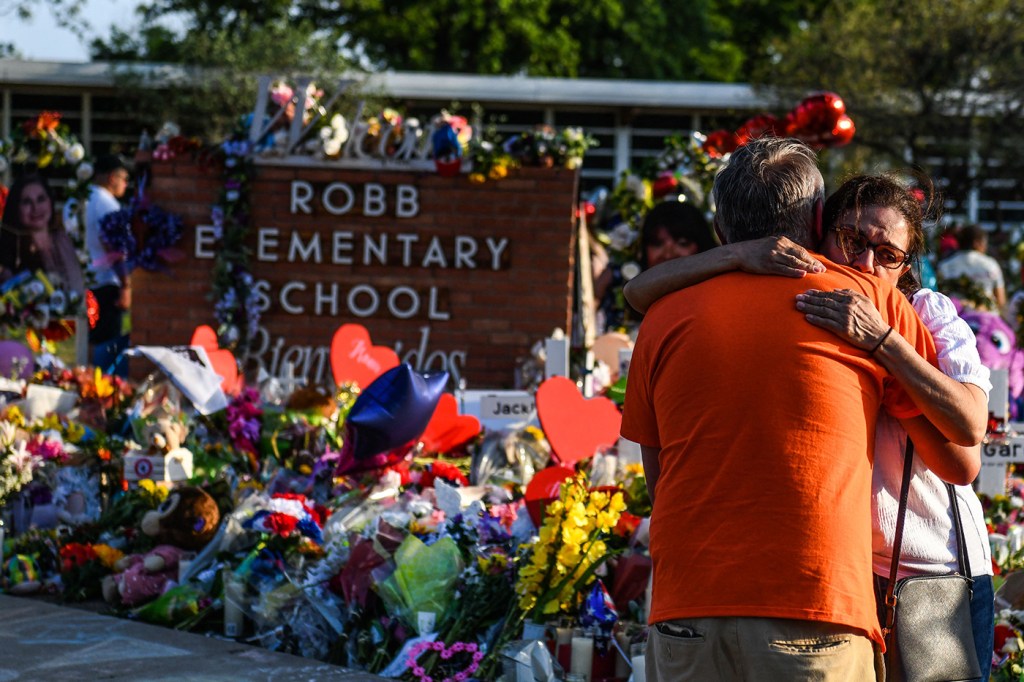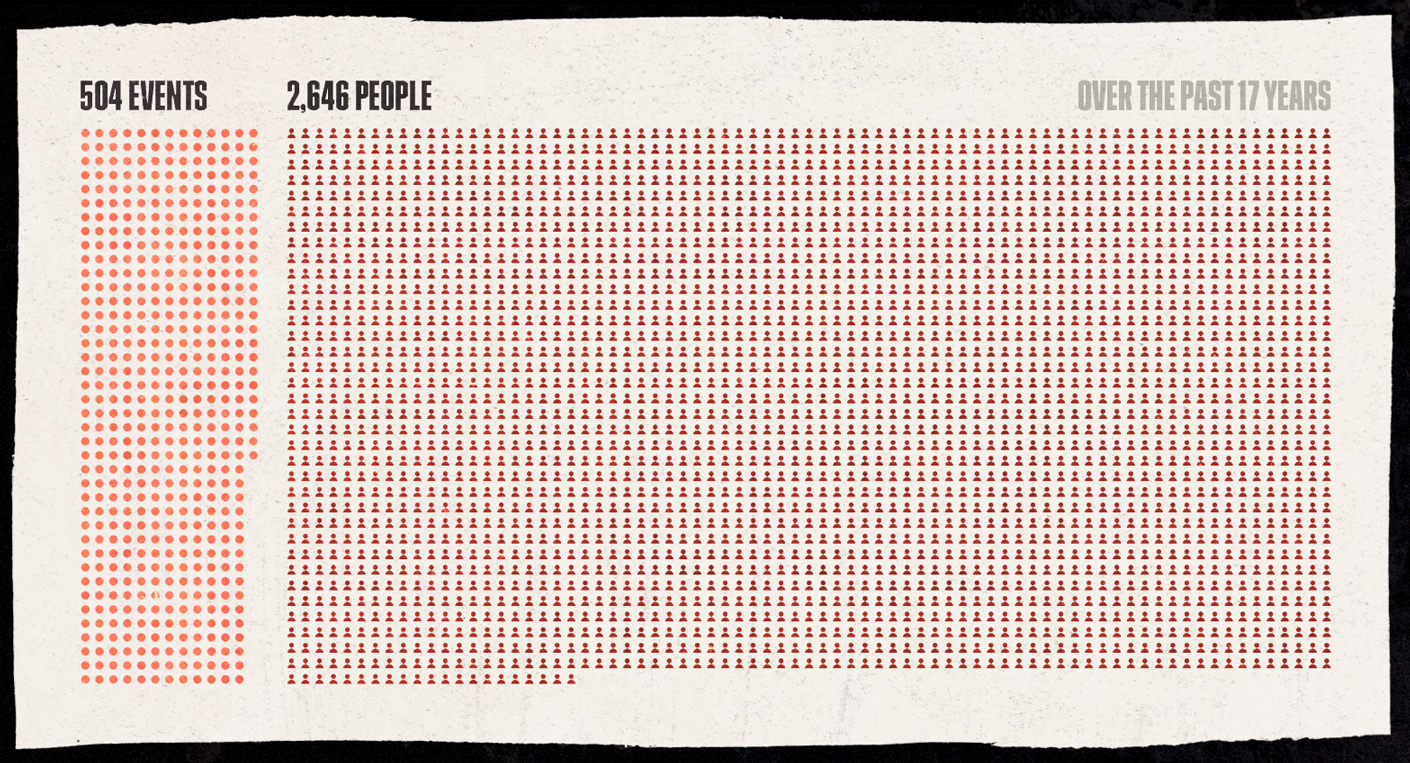Northeastern professor’s Mass Killings Database goes public

The longest-running and most extensive data source on mass killings reveals that 2,646 people in the United States have died in 504 events over the past 17 years.
The Associated Press/USA TODAY/Northeastern University Mass Killings Database, maintained by James Alan Fox, a Northeastern professor, was made available to the public on Thursday.
It references every mass killing, by all weapons and means, in which four or more people (excluding the offender) were killed within a window of 24 hours. Fox’s database provides a different perspective than other firearm-related sites, including the Gun Violence Archive, which includes shootings with four or more victims, most of whom survive their injuries. Less than 5% of mass shootings in the Gun Violence Archive are mass killings.

Fears of mass shootings in public settings have been heightened in the past three months by the killings of 21 people at an elementary school in Uvalde, Texas; the killings of 10 people at a supermarket in Buffalo; and the killings of seven people at a July 4 parade in Highland Park, Illinois.
Fox says access to the database may help deepen perspective and reduce anxiety around such horrific incidents.
“Surveys show that as many as 40% to 50% of Americans fear that they or a family member will be the victim of a mass shooting,” says Fox, a Northeastern professor of criminology, law and public policy who has been studying mass killings since the early 1980s. “As many as one-third of Americans avoid certain places out of fear of being the victim of a mass shooting.
Mass killings by firearm in public places happen six times per year on average, says Fox.
“These cases are absolutely frightening because they can happen anytime, anywhere, to anyone without warning,” Fox says. “But they are also exceptionally rare.”

Random public shootings tend to receive the most media attention. But the database reveals that such incidents amount to one-fourth of all mass shootings. By a rate of 2-1, mass killings take place more often in private homes than in schools, markets, churches and other public settings.
“In the face of hyperbolic media coverage and public fear, we tend to embrace easy solutions and quick fixes that don’t necessarily work and sometimes make matters worse,” says Fox, “as opposed to some really important and fundamental changes that in the long run could make our nation safer.”
Fox says he supports many gun control initiatives, including background checks and raising the age of gun ownership. He argues that those measures would lead to fewer mass shootings; additionally, he says, limiting the capacity of magazines would reduce casualties at mass shootings.
The database enables users to compare mass killings year by year. It shows that 20% of mass killings do not involve firearms, says Fox.
The 19 mass killings of 2022 are on average with other years, says Fox. Those numbers—horrific as they are, Fox notes—have remained relatively stable over the past 15 years.

“Mass shootings tend to motivate people to do something about gun laws,” Fox says. “Most of the laws that are proposed will have limited effect on mass shootings. But they are important in light of the thousands of gun homicides that occur annually.”
The database was launched in 2006 by USA Today, which in 2017 found itself unable to maintain the project. At that time, Fox began entering information into the database, while its administration was shared by USA Today and the Associated Press.
The database has been cited more than 4,000 times over the past three years. Fox anticipates that its value will grow as researchers and journalists join with the public in gaining full access.
“With the data becoming publicly available, I’m hoping that a lot of the questions that people have about mass killings will be answered,” Fox says. “And that a lot of the misconceptions that people have will be identified.”
For media inquiries, please contact Ed Gavaghan at e.gavaghan@northeastern.edu or 617-373-5718.





